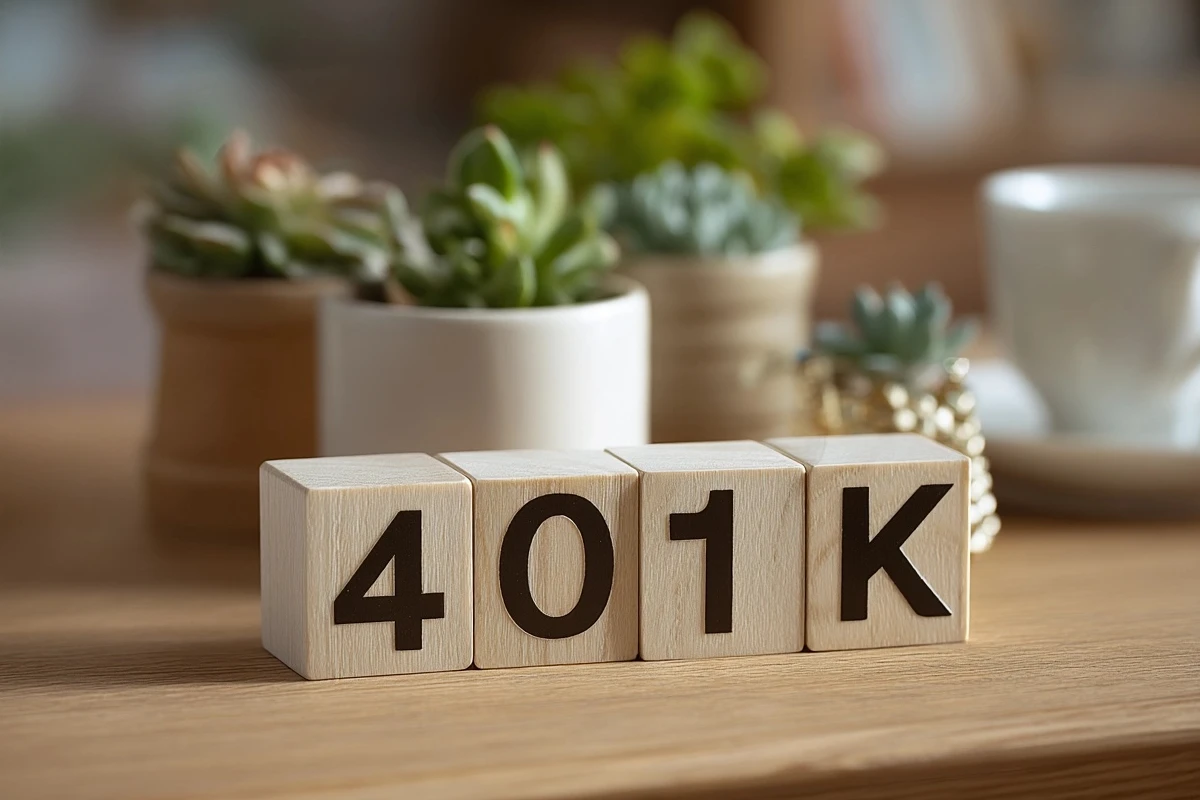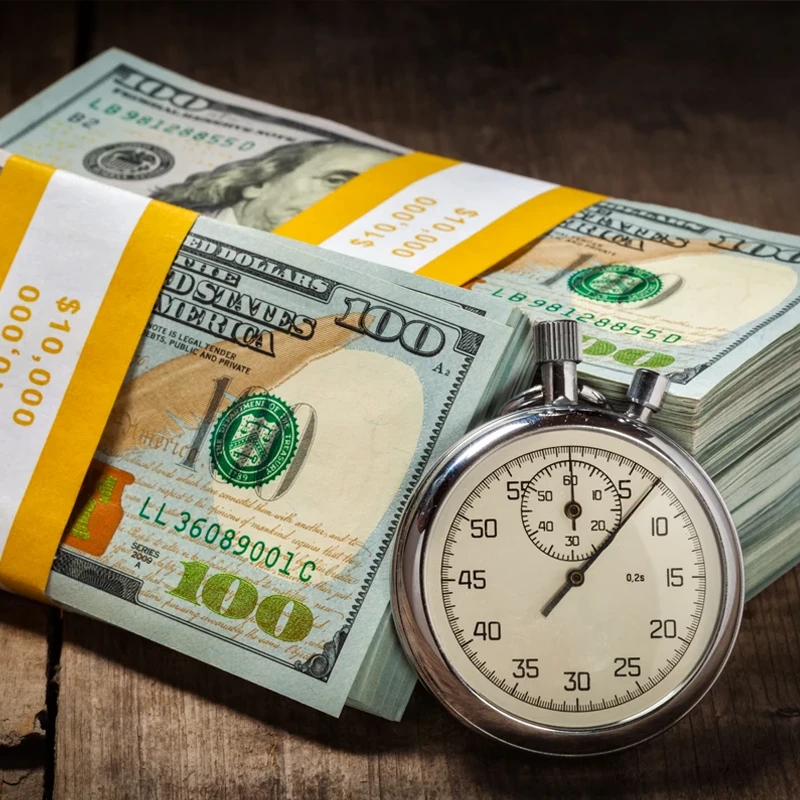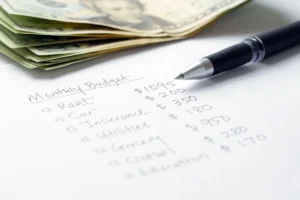You’ve been told your whole life: “Save money, keep it safe, stash it in the bank.”
Sounds responsible, right? But here’s the hard truth—while your cash naps in a low-yield account, inflation is wide-awake, quietly siphoning off your future buying power.
Think of it like parking a Ferrari in neutral with the engine running: you’re burning fuel (time) but going nowhere (wealth). Meanwhile, investors who let their dollars work are lapping you on the financial racetrack—without breaking a sweat.
The Popular Myth vs. Real-World Math

The Cold Numbers
The Big-Bank Average Savings APY 0.42% V.S. Latest U.S. Inflation ≈ 2.3%
That gap means every $10,000 left in a standard savings account is on track to lose roughly $1,700 of purchasing power in just ten years—even though the balance looks bigger on paper.
Why the Myth Persists
- Visibility bias – Your balance never goes down, so you feel “secure.”
- Institutional messaging – Banks profit from cheap deposits, so they market “security” over growth.
- Fear of loss – Headlines about market drops scare savers into confusing volatility with risk.
Reality Check
- Safety without growth = backwards wealth.
- The real risk isn’t market swings—it’s inflation quietly eroding un-invested cash.
Key Takeaway: If your money isn’t earning at least the inflation rate, it’s shrinking. The goal isn’t reckless investing; it’s finding a parking spot that keeps pace—and ideally pulls ahead.
Inflation: The Silent Tax on Idle Cash

What the Numbers Say
- Latest CPI: ➜ 2.3 % year-over-year (April 2025) Bureau of Labor Statistics
- Typical big-bank savings yield: ≈ 0.42 % APY (national average).
- Gap: -1.88 % every single year.
- Leave $10,000 in that account and you forfeit $1,700+ of real buying power in a decade—your balance grows, but what it buys shrinks.
Real-World Proof
- A dozen eggs jumped from $1.48 in 2020 to $3.82 in 2024—same carton, double the cost. The Times
- Gas, groceries, rent—all creep up while your “safe” money stands still.
Why It Feels Invisible
- Sticker Stability: Your bank app shows bigger numbers, so the loss hides in plain sight.
- Media Noise: Market dips make headlines; inflation erosion is slow and boring.
- Mental Accounting: “I’m earning interest, so I’m ahead”—only if that rate beats inflation.
Key Takeaway: Inflation is a mandatory fee on cash. If your yield < inflation, you’re paying that fee automatically—no checkout required. Shift idle dollars to accounts and assets that at least keep pace (and ideally outrun) this silent tax.
Where a Bank Account Does Make Sense — But Make It Pay

The Three Legit Uses for Cash
- Emergency Fund (3-6 months). You need instant access and FDIC/NCUA insurance, so keep this bucket liquid.
- Short-Term Goals (≤ 24 months). Down payment, upcoming tuition, or a booked vacation—capital preservation beats chasing market returns.
- Monthly Cash-Flow Buffer. A one-month “bill pad” prevents overdrafts and wipes out the need to float expenses on credit cards.
Why Yield Still Matters
- National average savings yield: 0.59 % APY—barely a rounding error against inflation. Bankrate
- Result: every safe dollar above the bare minimum quietly bleeds buying power.
Pro Tip: Park ‘Safe’ Cash Where It Actually Earns
Skip the 0.5 % dinosaurs. Open a cash account like Wealthfront Cash—currently paying ≈ 4 % APY, 10× the national average, with up to $8 million FDIC insurance through partner banks and zero monthly fees. Wealthfront
Quick Setup Checklist
- Open the HYSA/cash account online (5-minute process).
- Link your checking account and schedule a weekly sweep of every dollar above your emergency-fund target.
- Enable automatic transfers from the HYSA to your brokerage or retirement accounts once the balance surpasses your short-term-goal threshold.
Bottom Line: Bank accounts are still essential—but only for liquidity. Make those “idle” dollars earn 4 %+ while they wait to be deployed, and you’ll keep safety and momentum on your side.
Grow-Mode Alternatives: Put Your Cash on Offense

Broad-Market Index Funds
- Low-cost ETFs like VTI or SPY track hundreds of companies in one click.
- Long-run scorecard: the S&P 500 has averaged ≈ 10 % per year since 1957—about 4-5× today’s inflation. Investopedia
- Dollar-cost average each payday; volatility hurts feelings, not 20-year results.
Tax-Advantaged Accounts (Your Legal Cheat Codes)
Account | 2025 Cap (under 50) | Key Perks | Ideal Use |
401(k) | $23,500 + match | Pre-tax or Roth, creditor-protected | Core retirement |
Roth IRA | $7,000 | Tax-free growth & withdrawals | Side hustle / after-tax income |
HSA | $4,300 single / $8,650 family | Triple tax break (deduction, growth, withdrawal) | Medical & early-retirement hack |
*Tax-deductible in, tax-free growth, tax-free qualified withdrawals. IRS
Simple “Mid-Career” Allocation Example
60 / 20 / 20 Rule (age 30–45, moderate risk)
60 % Total U.S./Global Equity ETF
20 % Total Bond Market ETF or 2-year Treasury ladder
20 % REIT or International Equity ETF for diversification
Automate monthly deposits, rebalance once a year—10 minutes of maintenance buys decades of compounded growth.
The Automation Pipeline
Paycheck → 401(k). Max match on autopilot.
Checking → HYSA sweep (Section 3) to refill emergency fund.
Excess → Brokerage/Roth IRA the same day the paycheck hits.
Quarterly check-in: verify targets, tweak contributions—done.
Key Takeaway: Cash is your seatbelt; equities and tax-advantaged vehicles are the engine. Put every surplus dollar where it can compound, not collect dust.
Action Plan: Move Your Money Today

Audit Your Cash Buckets (30 min)
Log in to every bank, credit-union, and payment-app account.
Tag balances as Emergency, Short-Term, Monthly Buffer, or Idle.
Tally the “Idle” column—this is the money begging for a promotion.
Open a High-Yield Cash Account (15 min)
Choose a 4 %+ APY option like Wealthfront Cash or Ally HYSA.
Verify FDIC/NCUA coverage and zero recurring fees.
Connect it to your primary checking account for instant transfers.
Sweep & Automate (10 min)
Emergency fund: keep only 3–6 months of expenses in the HYSA.
Short-term goal cash: schedule an auto-transfer back to checking on the goal’s due date.
Everything above those targets: set a recurring move to your brokerage, Roth IRA, or 401(k) each payday.
Pick a “Lazy-Genius” Portfolio (20 min)
Example: 80 % VTI (total-market) + 20 % BND (total bond) for a simple, balanced core.
Enable dividend reinvestment (DRIP) so gains compound automatically.
Optional: add 5–10 % in REITs or international equities for diversifying spice.
Quarterly Wealth Check-In (15 min every 3 months)
Review portfolio performance vs. targets; rebalance if any slice drifts > 5 %.
Bump contribution percentages after raises, bonuses, or debt pay-offs.
Celebrate progress—momentum is rocket fuel.
Fast-Track Tip: Rename your new HYSA to “Future Wealth Fund” in the banking app. Behavioral studies show that labeling accounts with goals boosts follow-through by up to 31 %. Tiny tweak, real impact.
Stop Letting “Safe” Money Shrink—Make Every Dollar Earn
Playing defense with your cash felt comfortable—until you saw the real-world math. Inflation quietly taxes idle savings, big-bank APYs barely move the needle, and procrastination compounds the loss. The fix is simple but urgent:
Keep just what you need liquid (emergency, short-term goals, monthly buffer) and park it in a 4 %+ account.
Send every spare dollar on offense—index funds, Roths, 401(k)s, HSAs.
Automate the whole pipeline, review quarterly, and let compounding do the heavy lifting.
Do this and you’ll transform “lazy” cash into a relentless wealth engine—no risky stock-picking, no exotic strategies, just math working in your favor. Your future self will look back at today as the moment you stopped bleeding buying power and started building real, inflation-beating freedom. Move your money now—because doing nothing is the costliest decision you can make.









